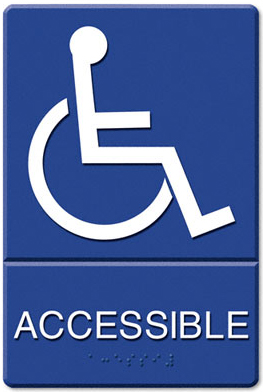ACCESSIBILITY @ FPS

Fairbank P.S. is wheelchair accessible with designated accessible parking and an elevator. The main entrance on Dufferin is wheelchair accessible.
If you have accommodation needs and will be attending an appointment, meeting or event at Fairbank, please let us know how we may be of assistance to you.
Join School Council!
Our school is looking for parent volunteers to join our Parent School Council. Help make a difference at your child's school. Join us at the next School Council meeting.